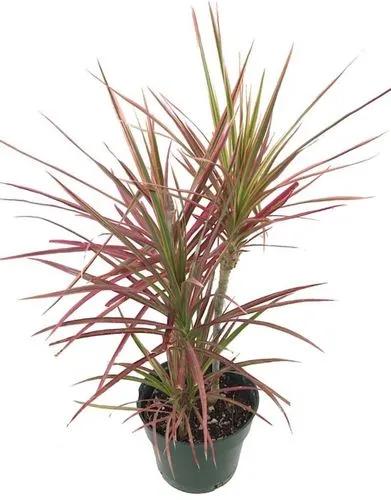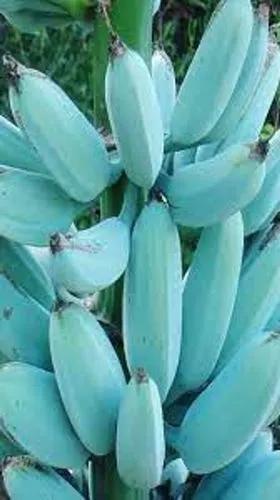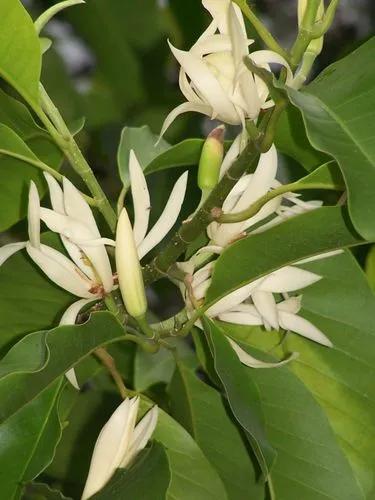The Baby Blue spruce (Picea pungens 'Baby Blue') is the ideal specimen tree for those cooler areas. This tree is the perfect miniature spruce that can fit into small lawns, garden beds, or property corners. For those spaces that need a great tree with color and character, choose the Baby Blue spruce.
Baby Spruce Care
Picea Pungens 'baby Blue Eyes'



How to Care for the Plant

Water

In average garden soil you should not have to water your newly planted spruce trees every day. More often than not, this causes constantly soggy soil conditions that can lead to root rot and other plant diseases.

Pruning

Colorado Spruce do not require pruning to keep their natural, dense, pyramidal form, however can be pruned lightly for shaping or to remove a stray or broken branch. Avoid pruning beyond new growth.

Fertilizer

Colorado Blue Spruce trees don't require frequent fertilization, but can benefit from the extra nutrients from fertilizer that can increase the length and improve the color of the needles. I suggest feeding spruce trees with a slow-release shrub & tree type fertilizer or a natural, organic plant food.

Soil

Adaptable

Additional

Baby Blue is a mid-sized spruce that reaches heights of between 15 and 20 feet, and usually spans anywhere from six to ten feet across. If left to grow naturally it takes on the typical pyramid shape seen in many conifers; its branches are horizontal and grow right down to the ground.

Popularity

51 people already have this plant 10 people have added this plant to their wishlists
Discover more plants with the list below
Popular articles






